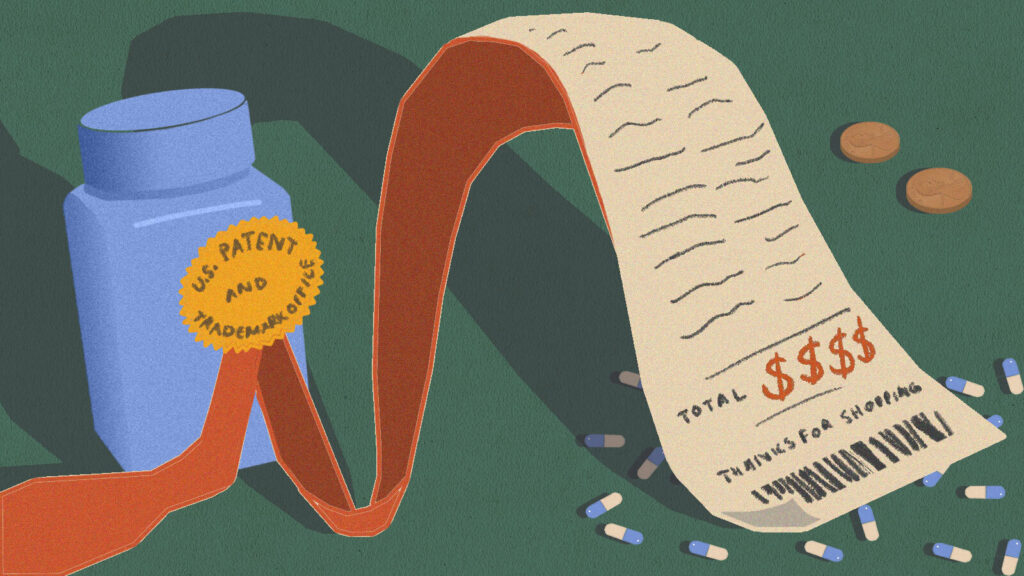In 1997, Celgene obtained a key patent for what would become a blockbuster blood cancer treatment, giving it a monopoly until 2019. But like any pharmaceutical company with an eye toward the future, Celgene continued to seek other ways to wring profits from its development work.
Not long after the patent was awarded, the company leveraged federally funded research and began investigating different forms of the compound, called Revlimid. Celgene later submitted study data to the Food and Drug Administration in its application for regulatory approval, but did not simultaneously seek additional patents on these other forms for another five years — in 2004.
advertisement
The move meant that the company, which is now part of Bristol Myers Squibb, won several more years of valuable patent protection than it would have received had it applied for the extra patents when submitting its data to the FDA. The U.S. Patent & Trademark Office granted two more patents, but did not do so until 2008. One expires next year and the other in 2027, well beyond the original patent expiration date. And critics say this helped ring the register at the expense of the American public.
Get unlimited access to award-winning journalism and exclusive events.

